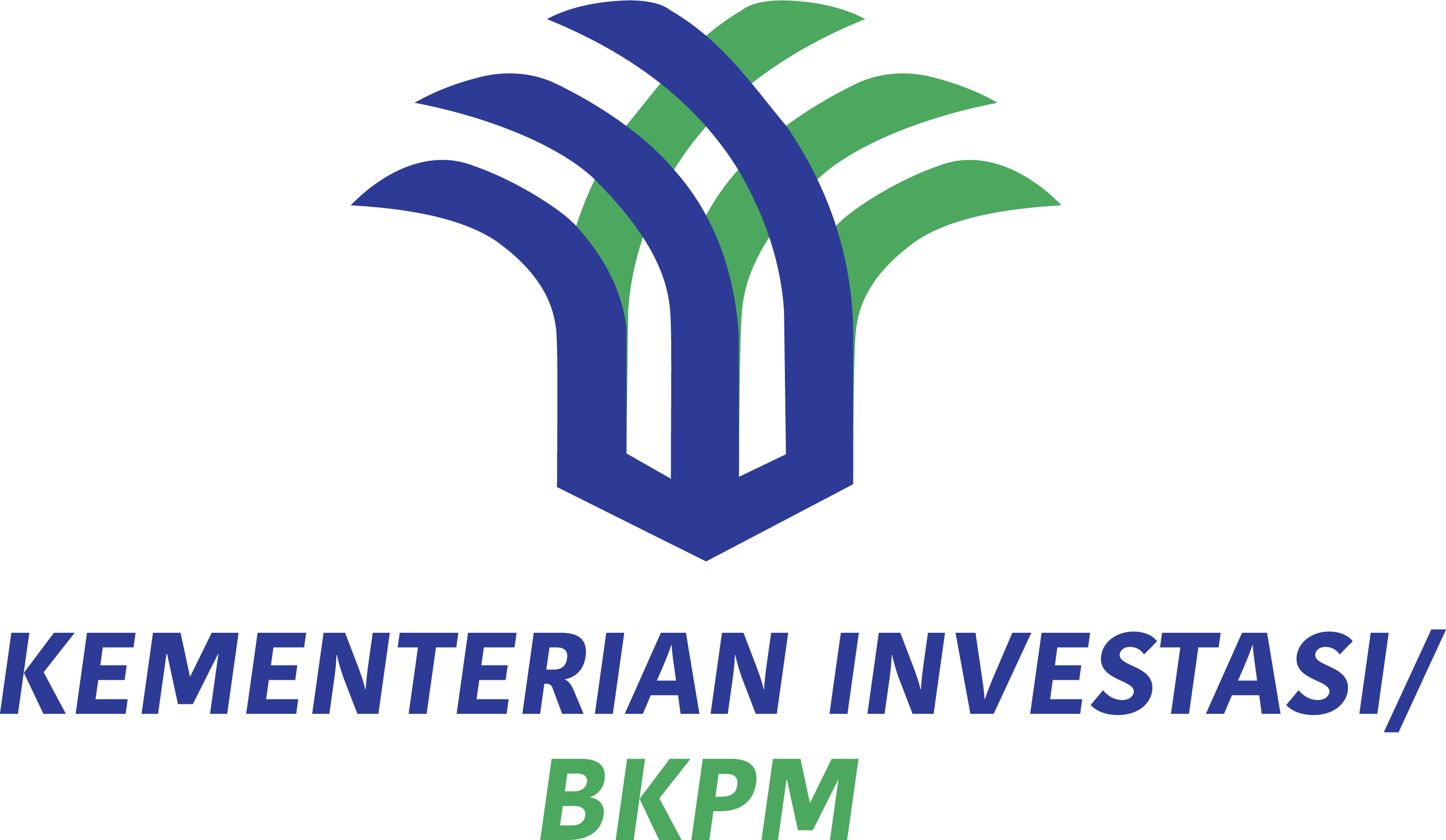Accounts Payable Automation
Digitize invoices and automatically match them to purchase orders, minimizing manual checks and interventions. Streamline AP approval workflows to ensure prompt payments and reduce late fees. Gain real-time visibility into outstanding invoices for better cash flow management.
Learn about AP Automation




